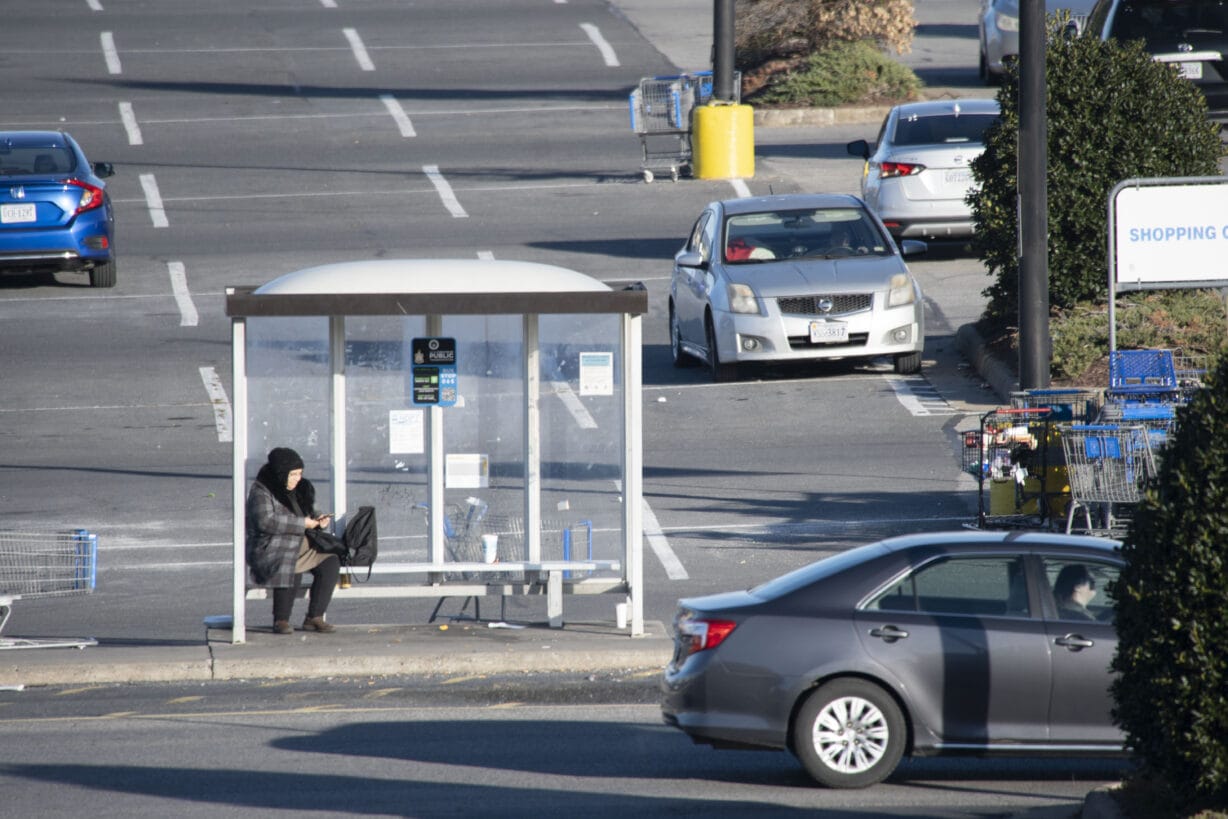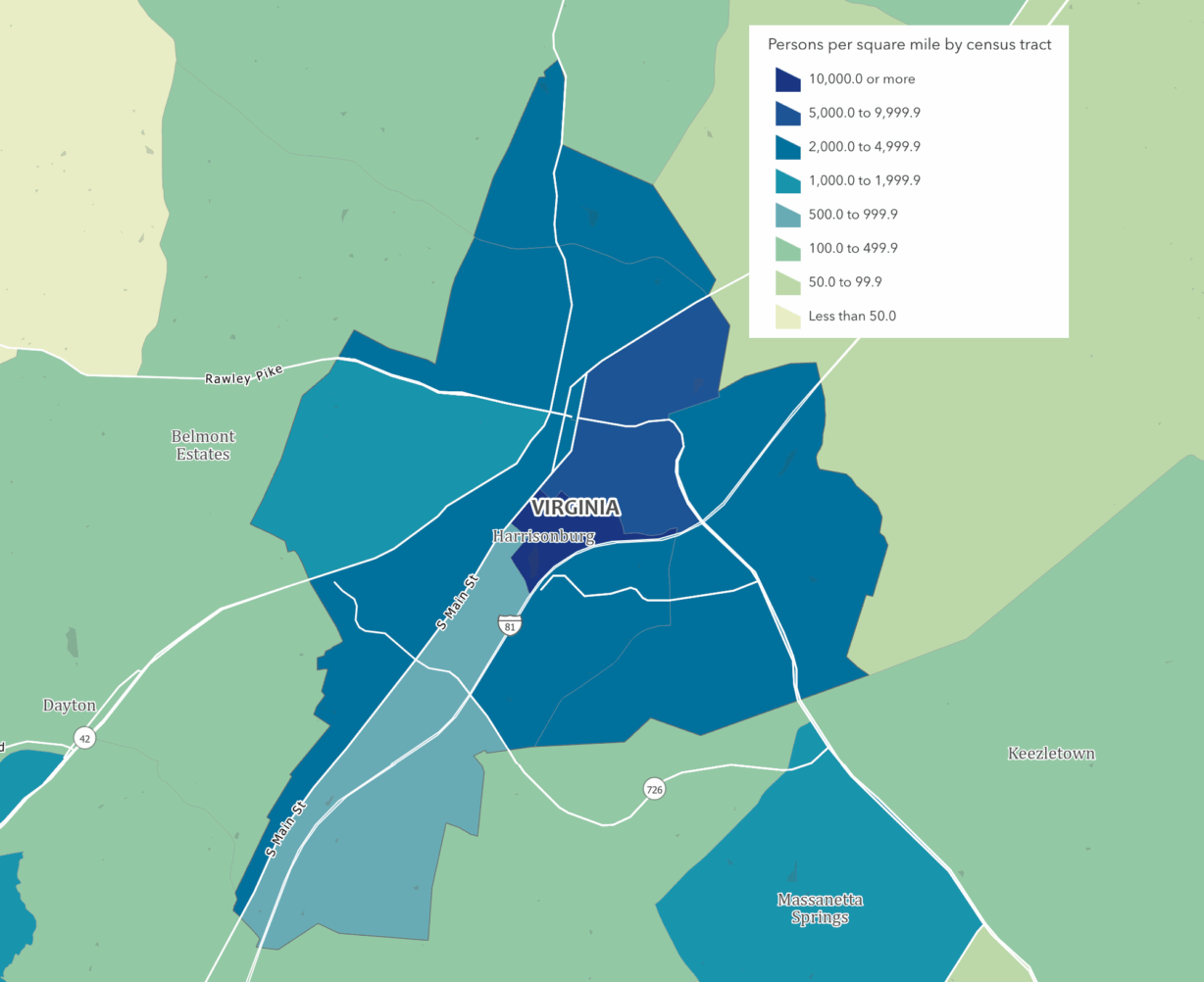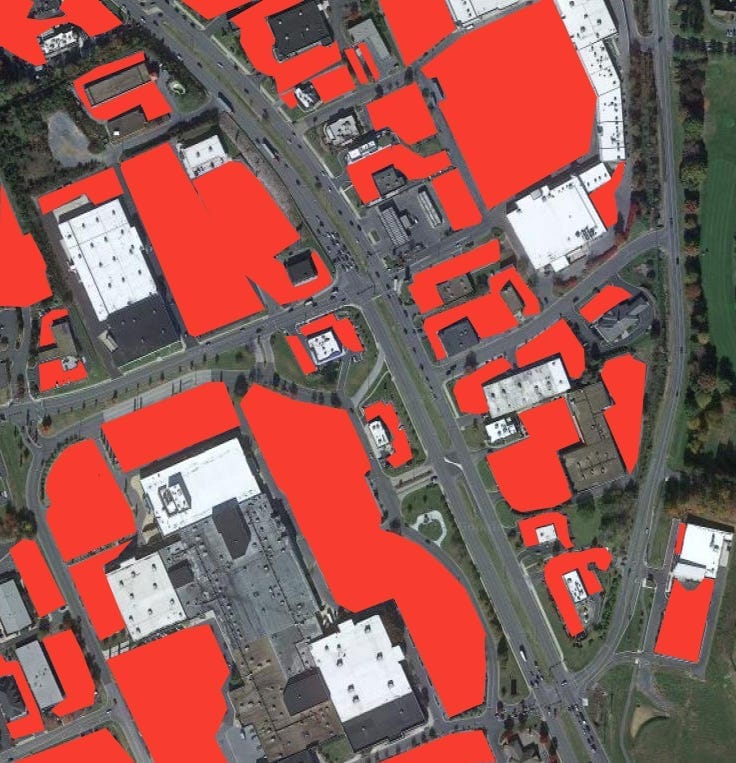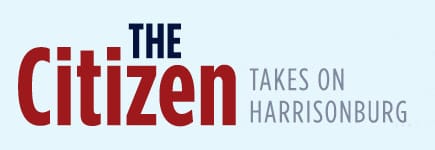A contributed perspectives piece by By Brent Finnegan
This is part 2 of a three-part series of Community Perspectives about land use and transportation in Harrisonburg. Read part 1.
When you think of public transit, do you think “low-carbon, land-use efficient transportation for everyone” or “transportation for poor people?” I suspect most people reading this would publicly agree with the former, but privately believe the latter. Most decision makers in Harrisonburg have likely never used a bus for their daily transportation needs yet make decisions that impact people who depend on transit.
Last week I wrote about why everyone switching from a privately-owned gas car to a privately-owned electric car isn’t the answer for a sustainable and affordable future. The next most obvious solution in pursuit of reaching Harrisonburg’s community emissions goals would be to improve public transit. Harrisonburg Department of Public Transportation (HDPT) is working on that. Last year HDPT released their new 10-year Transit Strategic Plan. The plan optimizes and streamlines several of the city routes, and now they’re piloting HB Flex, a free version of private rideshare platforms like Uber and Lyft.
All fixed-route buses in Harrisonburg are currently fare-free. Ridership is projected to be higher in the fare-free financial plan, and state transit funding is based on ridership. So charging riders a fare is not necessarily the most fiscally prudent option. But the success of the plan depends on many factors outside of the purview of HDPT, including changes to federal transportation funding under the Trump administration. HDPT’s FTA Section 5307 allocation in 2024 was $4.6 million, approximately 50 percent of total operations and maintenance costs. Ending or reducing that funding would be disastrous for HDPT.
HDPT recently gave the city buses a makeover, stating that their goal is increasing ridership. Michael Parks, spokesperson for the city has said, “We want to get more people riding the bus. Every rider we get is one less vehicle on the street.” The city’s publicly stated goal, from both city staff and elected officials, is for the city to have fewer cars on our streets.
However, policies like off-street parking minimums and “free” (subsidized) parking on public property directly undermine that goal by making it easier to drive. If you own a car and can park practically anywhere for free, why would you ever take a bus?

One of several challenges HDPT faces is how to optimize service in a mostly low-density, use-separated city. The suburban style of development across most of the city is incompatible with efficient transit with short headways (frequency of service). Transportation planner Christof Spieler, author of Trains, Buses, People, explains:
“Nothing matters as much to making transit useful and successful as population density… At somewhere around 3,000 people per square mile, it makes sense to operate some level of infrequent local bus service… [However,] while an hourly bus will get ridership, transit will never be the most convenient mode, and most people will choose to drive. Somewhere around 10,000 people per square mile, though, transit reaches a tipping point. Here, the sheer number of people are enough to justify frequent service. Moreover, walking and biking become useful for short trips, which makes it easier for people to live without cars and makes transit more desirable.”
Harrisonburg has around 3,000 people per square mile (citywide average). The 2020 census map breaks density down by census tract. The westernmost tract has one of the lowest densities (1,500) while JMU campus has the highest (12,000). The areas with the highest concentration of off-campus student housing are closer to 4,000 people per square mile. This helps explain why the bus routes along Port, Reservoir, and Neff have much shorter headways than the numbered circulator routes.

More often than not, neighborhood opposition to denser housing centers on concerns about additional car traffic that will be added to the neighborhood. Our opinions on city growth likely depend on whether we assume every new resident necessarily comes in a car-sized package.
In Harrisonburg, as in the majority of North American cities, we have prioritized, subsidized, and mandated infrastructure for private automobiles at the expense of housing, walkability, and transit. Our local zoning ordinance limits density for housing, but requires the construction of car parking. Car-dependency has been baked into our municipal policies for new construction, driving up the cost of everything else.
Prioritizing and subsidizing the use of private low-occupancy vehicles is counterproductive when it comes to transit because cars demand so much space for movement and storage — space that pushes destinations farther apart. From a land use perspective, cars ruin cities. Land use restrictions that require car storage but prevent residential density and discourage mixed-use zoning undermine effective and efficient transit systems.

The good news is that we can fix this at the local level, starting with the city’s zoning ordinance. There are almost 11 pages of parking requirements in the current printed draft of the city’s zoning ordinance. Harrisonburg should do as Charlottesville, Roanoke, Richmond, and Newport News have already done and eliminate them.
The key to significantly increasing transit ridership is frequency of service. Bloomberg recently reported on a suburban Canadian city of 700,000 that more than doubled their public bus ridership by running buses as frequently as every five minutes for some routes.
“Quite simply, Brampton provides service that is good enough to make getting around by transit reasonable for people who have other transportation options — a group that transit agencies often dub ‘choice riders’ — as well as for people with no other choice.”
Frequency is what it will take to significantly increase transit ridership in Harrisonburg as well. And increasing the frequency of the routes is a significant investment; buses, drivers, and fuel cost money. At a time when federal funding for the public good is being slashed, Harrisonburg could find itself in a transit funding crisis. One way to shift public subsidies from car storage to fund transit at the local level would be to start charging for car parking on public property, such as on-street parking and city-owned lots downtown. The small West Virginia town of Harper’s Ferry (pop. 268) uses ParkMobile to charge for on-street parking. Those virtual meters generate hundreds of thousands of dollars in parking revenue each year. The resources to generate revenue are all around us. We’re just missing the vision and political will to prioritize transit over personal property storage.
Brent Finnegan has served on the Harrisonburg Planning Commission since 2016. He writes about housing, transportation, and climate on The Friendly City Urbanist.











